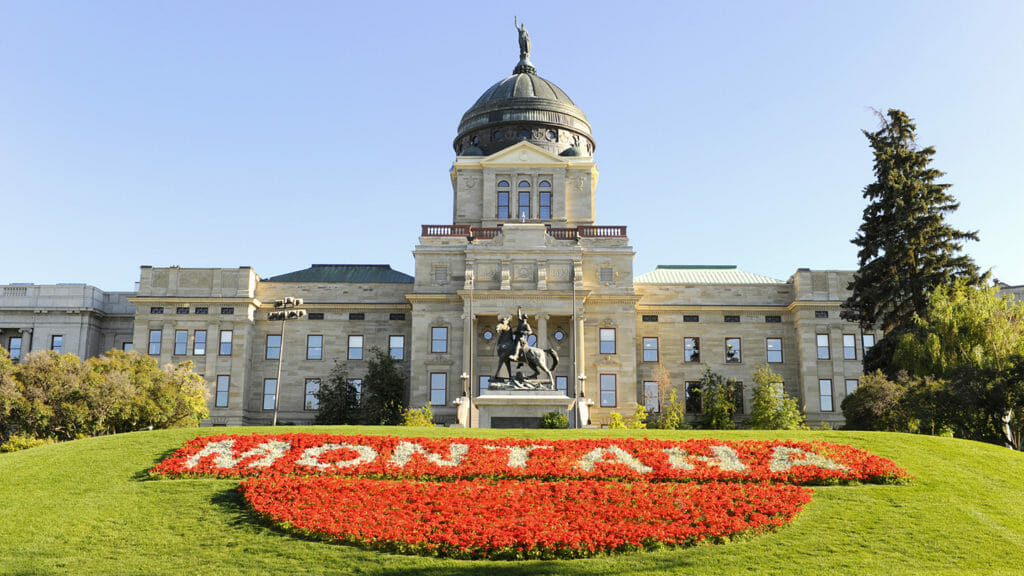
Assisted living and other long-term care operators in Montana are “barely surviving” due to increased operational costs, providers testified before the Montana state legislature’s health and human services joint appropriations subcommittee earlier this month as state lawmakers debate whether to raise the state’s Medicaid reimbursement rates.
A state-commissioned study recently reported those that rates are too low to cover the cost of care.
Rose Hughes, executive director of the Montana Health Care Association, the state partner of Argentum, told McKnight’s Senior Living that in the past year, although no assisted living communities have closed, some are limiting the number of Medicaid beneficiaries they will serve or are no longer serving them, she said. Eleven of Montana’s nursing homes have closed in that time, however, which Hughes called “heartbreaking.”
“Access to both levels of care has been affected by our low Medicaid rates, and things will only get worse if these rates are not substantially increased to reflect the reality of what it costs to provide care to our residents,” she said.
Connie Klotz, executive director of the Masonic Home of Montana, testified that her assisted living community serves a high number of residents who rely on the Medicaid waiver. But with waiver rates so low, the community has been turning away prospective residents.
“The Masonic Home of Montana is like all of the other facilities in Montana right now, where a boiler failure, a compromised roof or any other major system failure is likely to result in closure of the facility,” Klotz said. “Montana seniors, our most vulnerable folks, are at risk for displacement and loss of their home. We cannot survive on the rates proposed by the governor’s budget.”
Following a study of nursing home rates commissioned by the state health department and released in September, Gov. Greg Gianorte (R) proposed a budget that would bump up the per diem for stressed operators, but only at a fraction of the recommended rate increase. His proposal includes a one-time $25 million boost for the Department of Public Health and Human Services.
Hughes said the state-commissioned study confirmed that assisted living rates are 20% below the “benchmark standards” for the real costs of care. The state pays assisted living communities $104 per day per resident, whereas the recommended rate is $124.75 per day. For nursing homes, the rates are 33% lower than benchmark standards. Hughes said that nursing homes receive about $209 per day for residential care per person.
“The governor’s budget proposes to close only a third of the gap, leaving us wondering what the point of the study was,” she said. “We are working to convince legislators that they need to fully fund the cost of providing care to our older Montanans.”
Echoing Klotz’s comments, Vanessa Viall, administrator of Renaissance Senior Care, testified that a majority of the assisted living community’s residents are on Medicaid waivers.
“We want to continue to provide services to the Medicaid citizens in our communities that we serve throughout the state, but we are concerned that we may have to cut back on the number of beds we dedicate to Medicaid waiver,” Viall said.
Jackie Semmens, a policy analyst with the Montana Budget and Policy Center, testified that she supported the provider rate study and asked that the state invest its $1.9 billion surplus into the state’s healthcare system.
Read more state news here.




